Home>Technology>Home Entertainment Systems>What Is Cable Television?
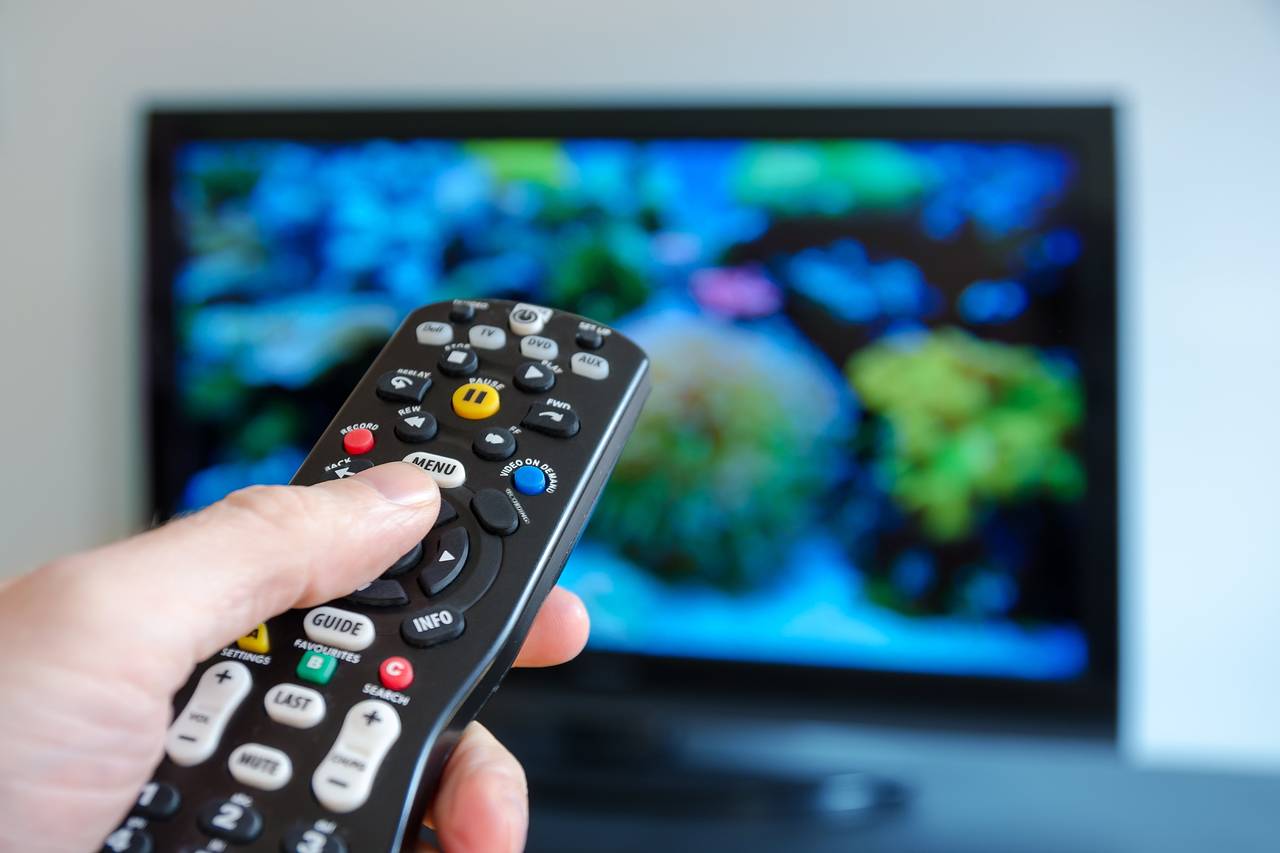

Home Entertainment Systems
What Is Cable Television?
Modified: January 9, 2024
Discover the benefits of cable television for your home entertainment system. Learn how to enhance your viewing experience with the latest technology. Explore the options for a complete home entertainment setup.
(Many of the links in this article redirect to a specific reviewed product. Your purchase of these products through affiliate links helps to generate commission for Storables.com, at no extra cost. Learn more)
Introduction
Welcome to the world of home entertainment, where the evolution of technology has revolutionized the way we consume media. Cable television, often referred to as cable TV, has played a significant role in shaping our viewing experiences over the years. It has provided access to a wide array of channels, offering diverse content ranging from news and sports to movies and documentaries, all delivered directly to our living rooms.
As we delve into the realm of cable television, we will explore its history, how it works, the types of services available, as well as the advantages and disadvantages associated with this form of entertainment. Additionally, we will take a glimpse into the future of cable television, considering the impact of digital streaming services and the ever-evolving landscape of home entertainment.
Join us on this journey as we unravel the intricacies of cable television and gain a deeper understanding of its role in the modern home entertainment system.
Key Takeaways:
- Cable television has a rich history, evolving from a solution for poor signal reception to a comprehensive home entertainment system with diverse programming and interactive features.
- The future of cable television involves integration with streaming services, enhanced interactive features, IP-based delivery, customization, and convergence of services, ensuring its relevance in the modern home entertainment landscape.
Read more: What Is Television
History of Cable Television
The history of cable television can be traced back to the late 1940s when communities in remote or mountainous regions faced challenges in receiving over-the-air television signals. In response to this issue, cable television systems were developed to capture distant signals and deliver them to households via coaxial cables. This marked the inception of cable TV as a means to expand access to television programming beyond the limitations of traditional broadcast signals.
During the 1950s and 1960s, the popularity of cable television grew, particularly in areas where over-the-air reception was poor. As the demand for more channels and clearer reception increased, cable systems began to emerge in urban and suburban areas, offering a broader selection of programming to viewers.
One significant milestone in the history of cable television was the introduction of HBO (Home Box Office) in 1972. HBO was among the first cable networks to offer exclusive, unedited movies and specials to subscribers, paving the way for the concept of premium cable channels. This innovation transformed cable TV from a simple relay of broadcast signals to a platform for unique and diverse content.
Throughout the following decades, the cable television industry continued to expand, with the introduction of new channels, improved technology, and the transition to digital transmission. The 1990s witnessed the emergence of cable internet services, further solidifying the role of cable systems as providers of not only television programming but also high-speed internet access.
Today, cable television has evolved into a comprehensive home entertainment solution, offering an extensive selection of channels, on-demand content, and interactive features. The history of cable television reflects its journey from a solution for overcoming signal reception challenges to a multifaceted service that has become an integral part of modern home entertainment.
How Cable Television Works
Cable television operates on a system of delivering television programming to consumers through coaxial cables. The process begins with content providers, such as television networks and channels, transmitting their programming to a central location known as the headend. At the headend, the signals are received and processed before being distributed to subscribers through the cable infrastructure.
At the core of cable television distribution are coaxial cables, which carry the signals from the headend to individual homes. These cables are capable of transmitting a wide range of frequencies, allowing for the simultaneous delivery of numerous channels to subscribers. The signals are decoded by cable boxes or digital television sets, enabling viewers to access and watch their desired programming.
One of the key components of cable television is the set-top box, which serves as a receiver for the transmitted signals. This device decodes the incoming signals, decrypts encrypted channels, and converts them into a format that can be displayed on a television screen. Set-top boxes also provide interactive features such as electronic program guides, video-on-demand services, and parental controls, enhancing the viewing experience for subscribers.
Furthermore, advancements in cable television technology have led to the integration of internet services with traditional cable TV infrastructure. Many cable providers offer bundled packages that include high-speed internet access alongside television programming, utilizing the same coaxial cables to deliver both services to households.
Overall, cable television works by leveraging a network of coaxial cables to transmit television signals from the headend to individual subscribers. This infrastructure enables the delivery of a diverse range of channels, on-demand content, and interactive features, making cable TV a versatile and comprehensive entertainment solution for consumers.
Types of Cable Television Services
Within the realm of cable television, various types of services cater to the diverse preferences and needs of consumers. These services encompass a range of offerings, from basic channel packages to premium and high-definition options, providing viewers with flexibility and choice in their entertainment experiences.
- Basic Cable: Basic cable television services typically include a fundamental selection of local and national channels, offering essential programming such as news, sports, and general entertainment. This entry-level package serves as a foundational option for households seeking access to essential television content.
- Expanded Basic Cable: Expanded basic cable services expand upon the offerings of the basic package by incorporating additional channels, including niche content, educational programming, and lifestyle channels. This tier provides a broader selection of channels beyond the essentials, catering to a wider range of interests.
- Premium Cable Channels: Premium cable services encompass channels that offer exclusive, high-quality content such as blockbuster movies, original series, and special events. Networks like HBO, Showtime, and Starz fall into this category, providing subscribers with access to premium, unedited programming for an enhanced viewing experience.
- High-Definition (HD) Channels: HD cable television services deliver content in high-definition resolution, offering superior picture quality and enhanced viewing clarity. Subscribers can access a variety of channels and programs in HD, elevating the visual experience and bringing cinematic quality to their home entertainment systems.
- Video-On-Demand (VOD): Cable providers often offer video-on-demand services, allowing subscribers to access a library of movies, shows, and special content at their convenience. VOD enables viewers to select and watch programs whenever they desire, providing flexibility and control over their viewing schedules.
These diverse types of cable television services cater to the varying preferences and viewing habits of consumers, offering a spectrum of options to accommodate different entertainment needs. Whether seeking essential programming, premium content, high-definition viewing, or on-demand accessibility, cable television services strive to provide a comprehensive and tailored entertainment experience for subscribers.
Cable television is a system that delivers television programs to consumers through coaxial cables. It offers a wide range of channels and can also provide internet and phone services.
Advantages of Cable Television
Cable television offers a multitude of advantages that contribute to its enduring popularity and appeal among consumers. From diverse programming options to interactive features, cable TV presents a range of benefits that enhance the viewing experience and cater to the entertainment preferences of subscribers.
- Extensive Channel Selection: One of the primary advantages of cable television is the wide array of channels available to subscribers. From news and sports to movies and lifestyle content, cable TV offers a diverse selection of programming, ensuring that viewers can access content tailored to their interests and preferences.
- High-Quality Viewing Experience: Cable television services often include high-definition channels, providing superior picture quality and enhanced visual clarity. The availability of HD programming enhances the viewing experience, allowing subscribers to enjoy cinematic-quality content from the comfort of their homes.
- Interactive Features: Many cable TV providers offer interactive features such as electronic program guides, video-on-demand, and parental controls. These features empower subscribers to customize their viewing experience, access on-demand content, and manage their programming preferences with ease.
- Bundled Services: Cable providers frequently offer bundled packages that combine television services with high-speed internet access and digital phone services. These bundled offerings provide convenience and cost savings for consumers, consolidating multiple essential services into comprehensive packages.
- Reliable Signal Reception: Cable television systems are designed to deliver consistent and reliable signal reception, particularly in areas where over-the-air signals may be limited or prone to interference. This reliability ensures that subscribers can enjoy uninterrupted access to their favorite programming.
Overall, the advantages of cable television encompass a broad spectrum of offerings, including diverse channel selections, high-quality viewing experiences, interactive features, bundled service options, and reliable signal reception. These advantages collectively contribute to the enduring appeal of cable TV as a comprehensive and versatile home entertainment solution for consumers.
Read more: What Is Red In Electrical Wire
Disadvantages of Cable Television
While cable television offers a range of benefits, it also presents certain disadvantages that consumers should consider when evaluating their home entertainment options. Understanding the drawbacks of cable TV can help individuals make informed decisions based on their specific needs and preferences.
- Cost of Subscription: One of the primary disadvantages of cable television is the cost associated with subscription packages. Premium channels, HD content, and bundled services can contribute to higher monthly expenses, potentially making cable TV less budget-friendly for some households.
- Channel Bundling: Cable providers often bundle channels together, meaning that subscribers may have to pay for packages that include channels they do not regularly watch. This lack of a la carte channel selection can lead to higher costs and a surplus of unused programming options.
- Availability Limitations: In certain regions, particularly rural areas, access to cable television services may be limited or unavailable. This can restrict the availability of cable TV as an option for households in areas without comprehensive cable infrastructure.
- Signal Interference: While cable television generally provides reliable signal reception, interference and outages can occur due to technical issues or maintenance. These interruptions may disrupt the viewing experience and require troubleshooting to restore service.
- Contractual Obligations: Some cable TV providers require subscribers to commit to long-term contracts, which can limit flexibility and pose challenges if individuals need to adjust or discontinue their services in the future.
It is important for consumers to weigh these disadvantages against the benefits of cable television, considering factors such as cost, channel bundling, availability, signal reliability, and contractual obligations. By evaluating these aspects, individuals can make informed decisions regarding their home entertainment preferences and explore alternative options that align with their needs and financial considerations.
Future of Cable Television
The landscape of home entertainment is continually evolving, driven by advancements in technology and shifting consumer preferences. As the future of cable television unfolds, several key factors and trends are shaping the trajectory of this longstanding form of entertainment.
Integration with Streaming Services: Cable television providers are increasingly integrating streaming services into their offerings, recognizing the growing popularity of on-demand content and the prevalence of digital streaming platforms. This integration allows subscribers to access a broader range of programming, combining traditional cable channels with on-demand and streaming options for a comprehensive viewing experience.
Enhanced Interactive Features: The future of cable television is likely to see further advancements in interactive features, including personalized recommendations, seamless integration with smart home devices, and enhanced user interfaces. These features aim to elevate the viewing experience, providing subscribers with intuitive and customizable ways to engage with their favorite content.
Transition to IP-Based Delivery: With the emergence of internet protocol (IP)-based delivery systems, cable television is poised to undergo a transformation in the way content is distributed and accessed. IP-based delivery offers scalability, flexibility, and potential cost efficiencies, paving the way for innovative developments in cable TV infrastructure.
Focus on Customization and Flexibility: The future of cable television is expected to prioritize customization and flexibility, allowing subscribers to tailor their channel selections, on-demand content, and service packages to align with their individual preferences. This emphasis on personalization aims to cater to diverse viewing habits and provide consumers with greater control over their entertainment experiences.
Convergence of Services: Cable television providers are likely to continue converging television, internet, and digital phone services into bundled offerings, providing consumers with comprehensive home entertainment and communication solutions. This convergence aims to streamline services, simplify billing, and offer integrated solutions that meet the evolving needs of modern households.
As cable television adapts to meet the demands of a dynamic and competitive entertainment landscape, these trends and developments are shaping the future of this enduring form of home entertainment. By embracing technological innovations, enhancing interactive features, and prioritizing customization, cable television is poised to remain a relevant and integral component of the home entertainment ecosystem.
Frequently Asked Questions about What Is Cable Television?
Was this page helpful?
At Storables.com, we guarantee accurate and reliable information. Our content, validated by Expert Board Contributors, is crafted following stringent Editorial Policies. We're committed to providing you with well-researched, expert-backed insights for all your informational needs.


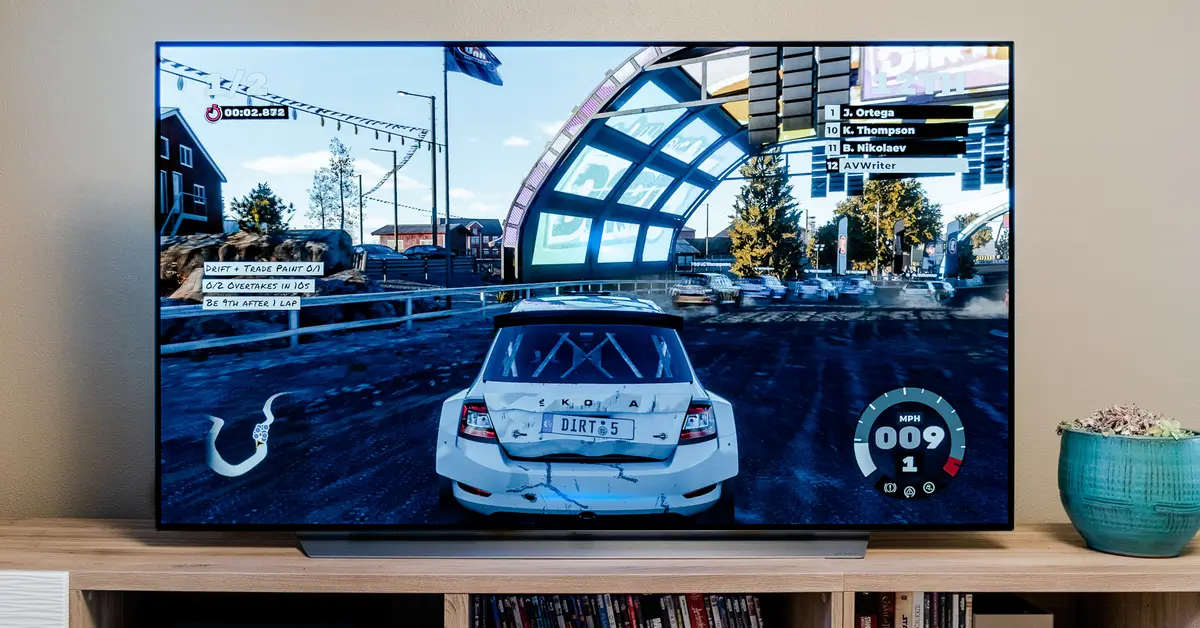


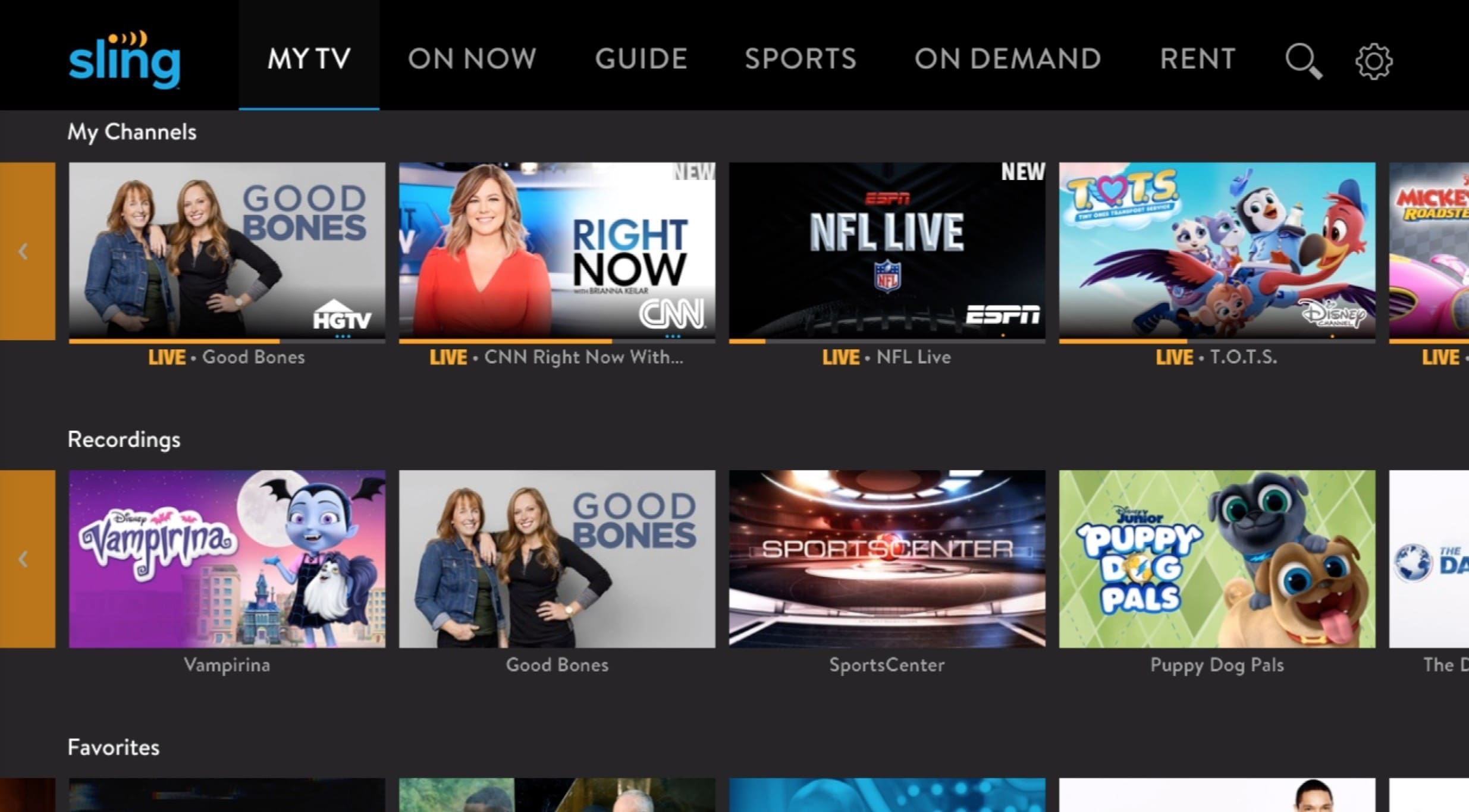
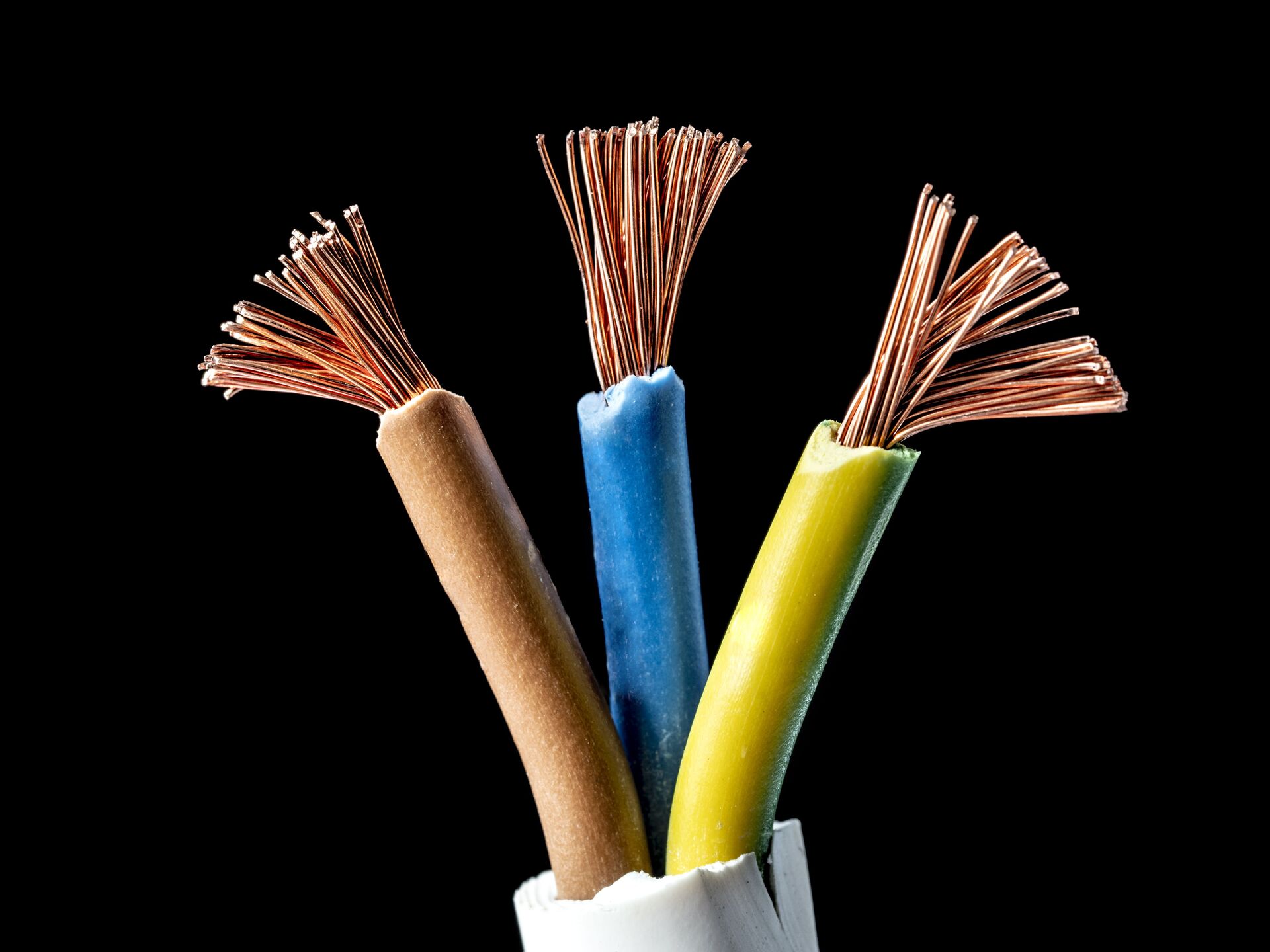
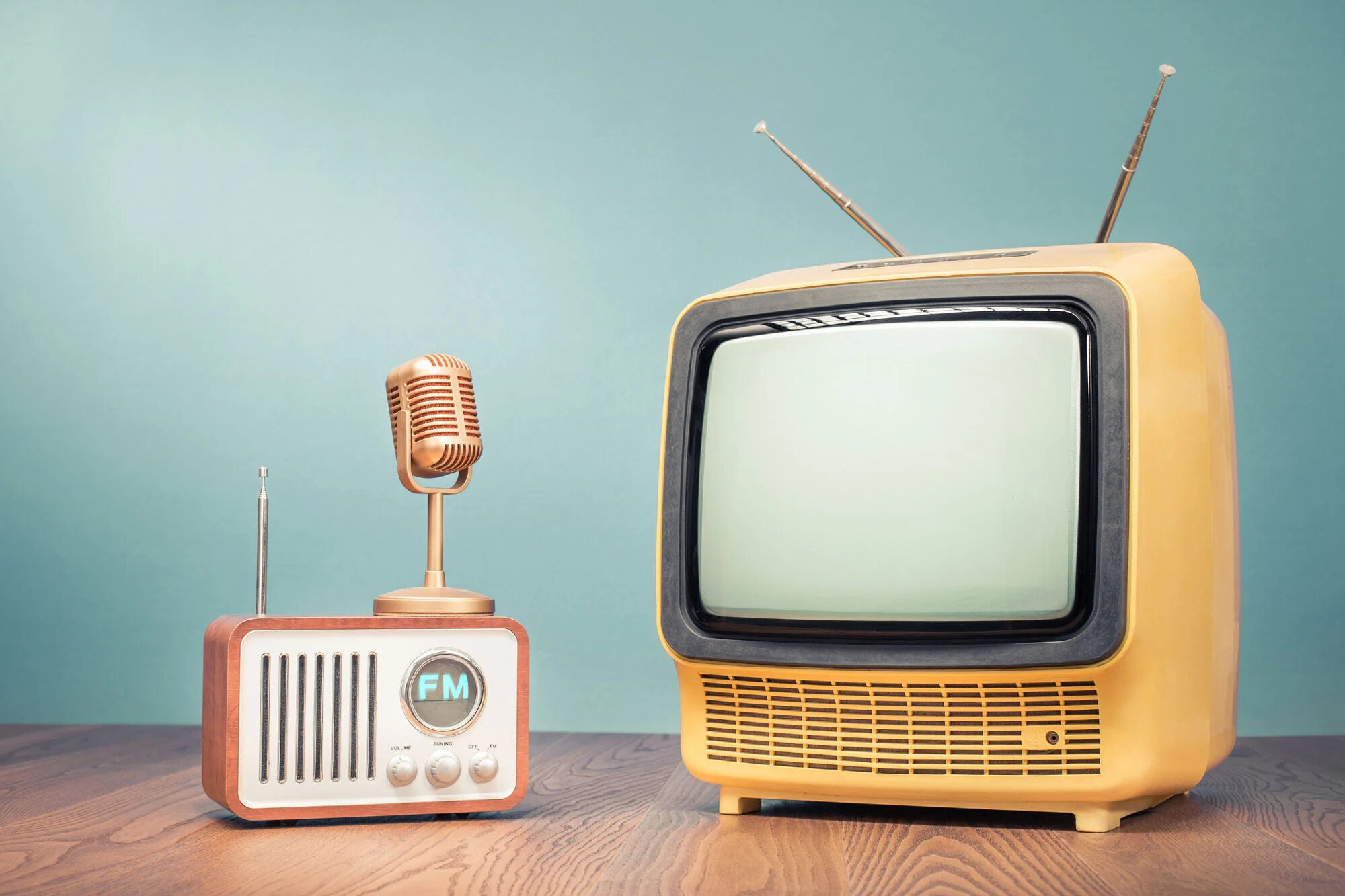

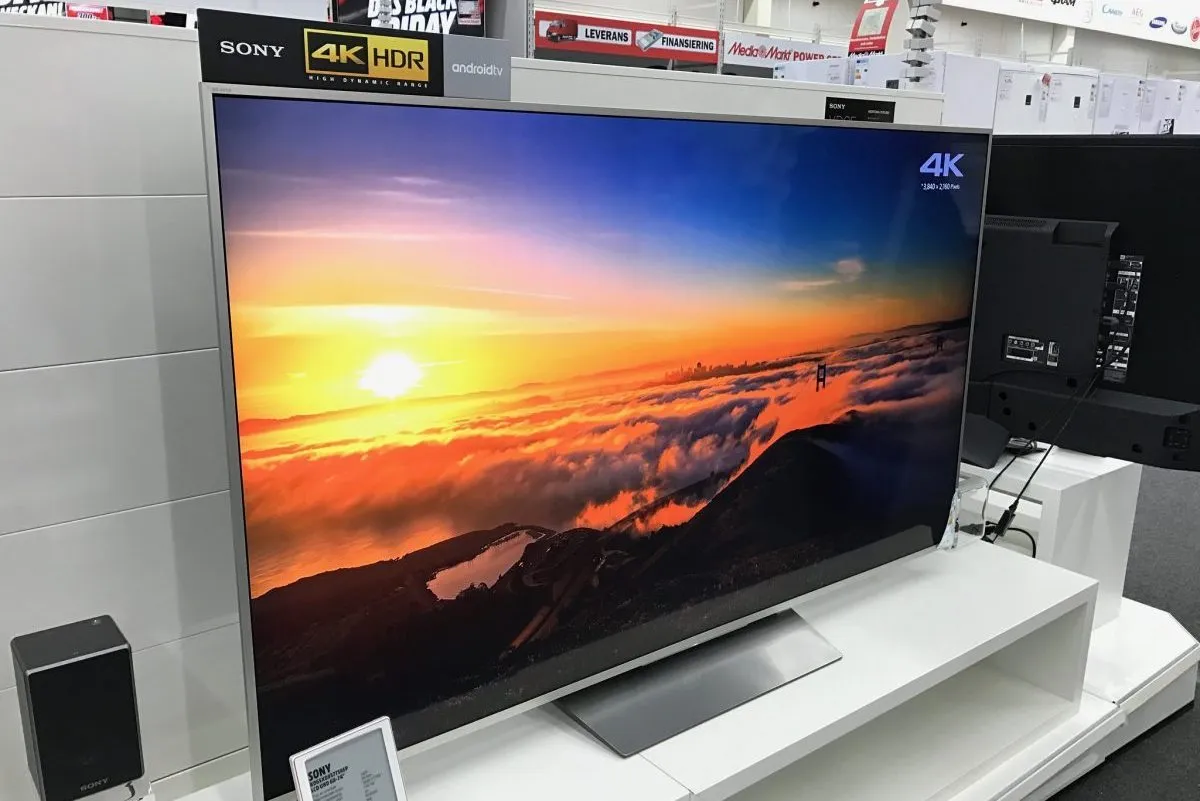
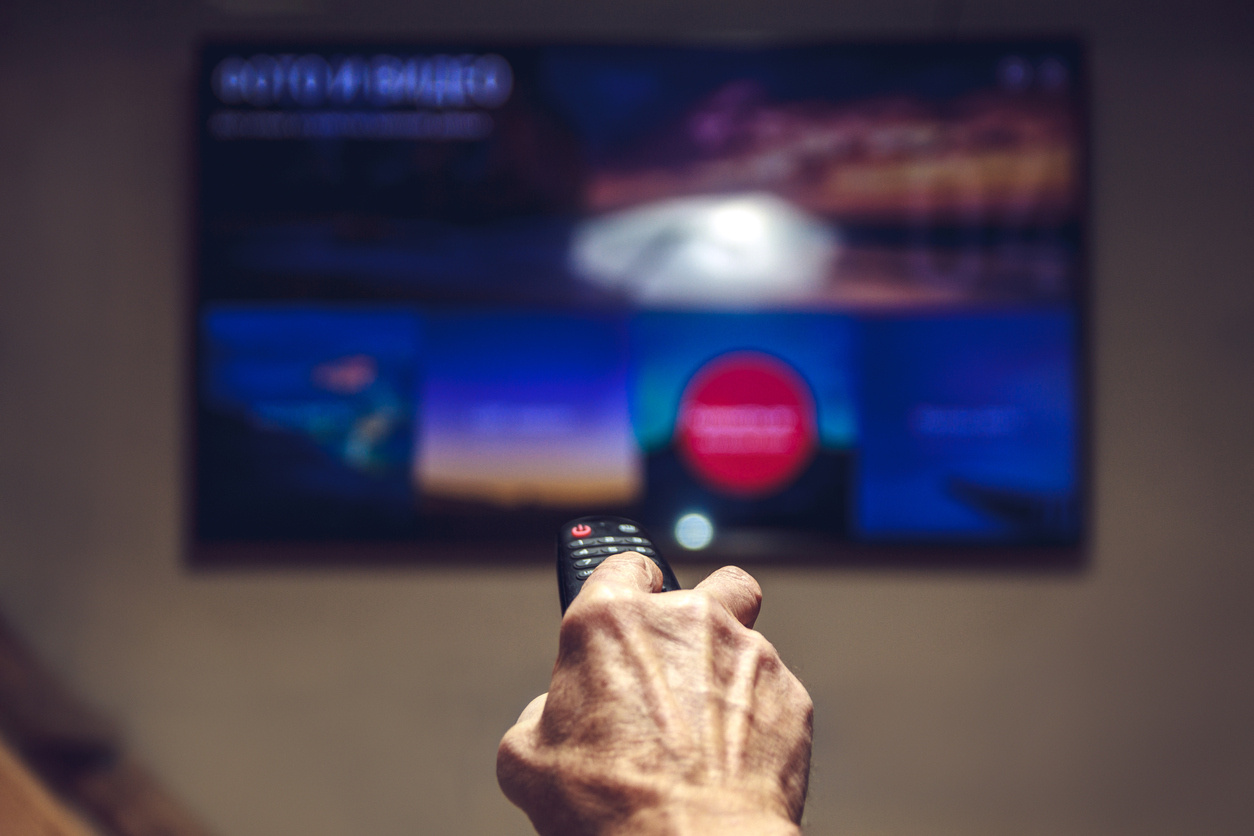

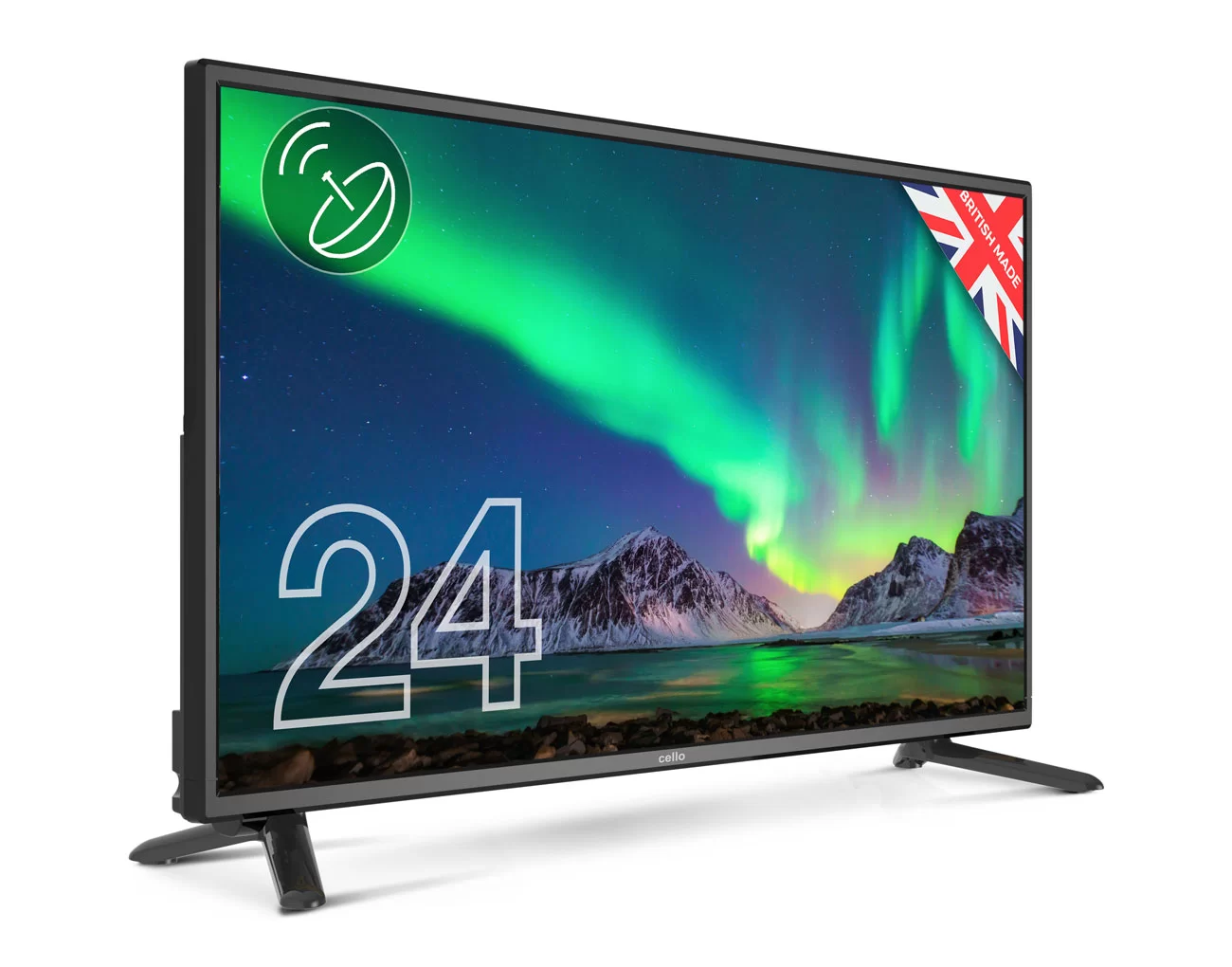
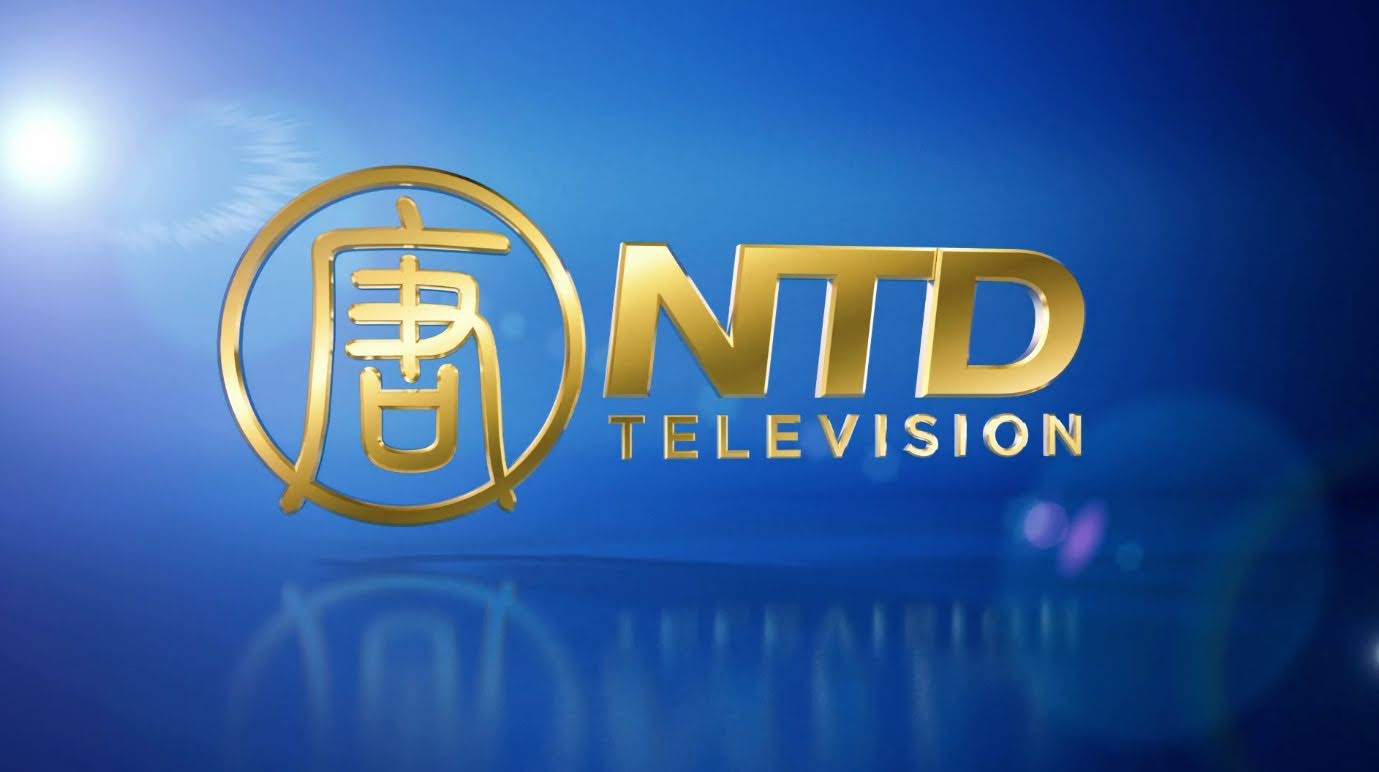

0 thoughts on “What Is Cable Television?”